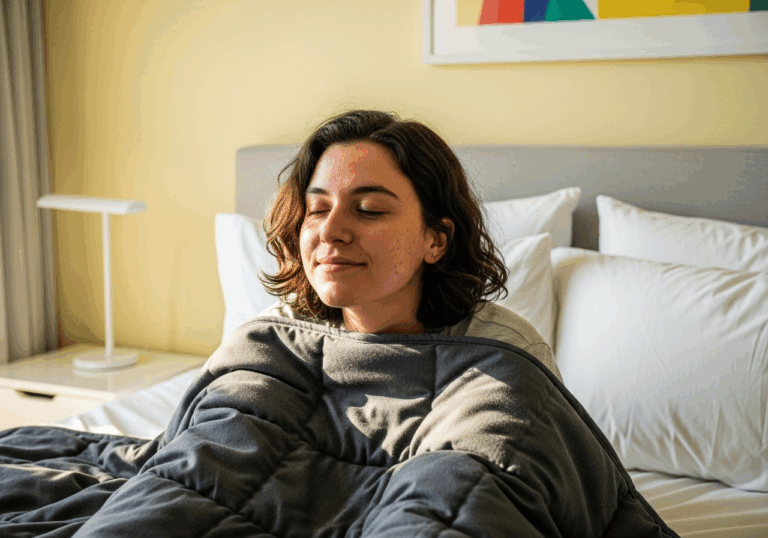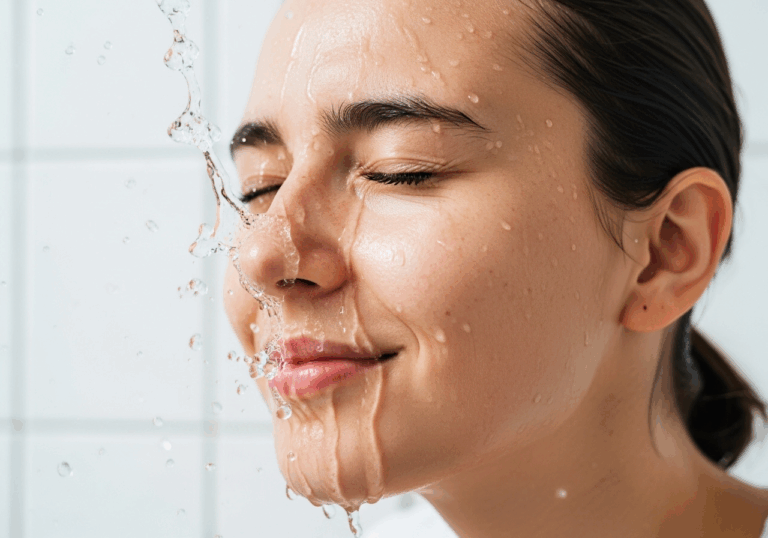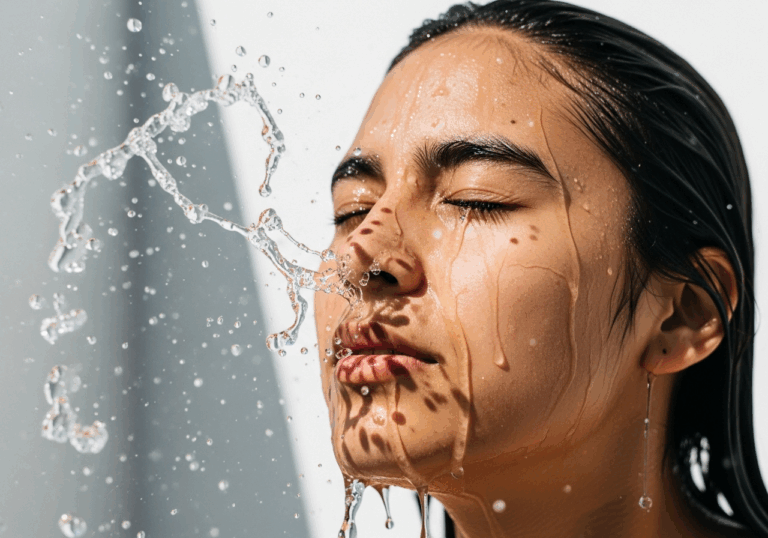Science-Backed Tips
Massage Therapy Reduces Anxiety and Stress
Single session lowers anxiety by 30% and cortisol levels significantly.
📊 Did you know?
💡 Why It Matters
1️⃣
Demonstrates the immediate benefits of massage therapy in reducing anxiety and stress in high-stress clinical settings.
2️⃣
Potentially improves overall patient outcomes and quality of life for psychiatric inpatients.
3️⃣
Supports the integration of massage therapy into standard care practices for mental health.
✅ Try These Micro-Tips
🎯
Consider scheduling a therapeutic massage session at least once a month.
🎯
Engage in 20-minute massage sessions to maximize relaxation benefits.
🎯
Incorporate breathing exercises during massage for enhanced stress relief.
🎯
Track changes in mood and anxiety levels before and after massage sessions.
📚 The study
The study aimed to assess how a single session of massage could impact anxiety levels, heart rate, and cortisol production in individuals facing acute psychiatric challenges.
The results were striking: patients experienced significant reductions in anxiety (p < 0.001), heart rate (p < 0.05), and cortisol levels (p < 0.05), alongside improvements in hostility and depression scores (p = 0.007; p < 0.001).
These findings underscore the profound impact that sensory touch can have on mood, even in high-stress clinical environments.
By demonstrating the immediate benefits of massage therapy, this study advocates for its integration into standard mental health care practices, potentially enhancing overall patient outcomes and quality of life for those in psychiatric settings.
The evidence is clear: therapeutic massage is not just a luxury but a vital tool in alleviating anxiety and stress, paving the way for a more holistic approach to mental health treatment.
❓ Frequently Asked Questions ❓
Learn more
What are the immediate effects of a single therapeutic massage session?
A single therapeutic massage session significantly reduces self-reported anxiety and resting heart rate. It also lowers salivary cortisol levels, contributing to an uplifted mood through relaxation.
How does massage therapy impact anxiety levels?
Massage therapy has been shown to significantly reduce anxiety levels, with studies indicating a p-value of less than 0.001. This suggests a strong statistical significance in the effectiveness of massage for anxiety relief.
What physiological changes occur after a massage?
After a massage, individuals experience a reduction in resting heart rate and salivary cortisol levels. These changes indicate a decrease in stress and an improvement in overall relaxation.
Can massage therapy improve mood in psychiatric inpatients?
Yes, massage therapy has been shown to improve mood and reduce hostility and depression scores in psychiatric inpatients. The results indicate significant improvements with p-values of 0.007 and less than 0.001, respectively.
How often should one schedule therapeutic massage sessions?
It is recommended to schedule a therapeutic massage session at least once a month for optimal benefits. Regular sessions can help maintain reduced anxiety and improved mood over time.
What is the recommended duration for a massage session to maximize relaxation?
Engaging in 20-minute massage sessions is suggested to maximize relaxation benefits. This duration is often sufficient to induce significant stress relief and mood enhancement.
Are there additional techniques to enhance the benefits of massage?
Incorporating breathing exercises during massage can enhance stress relief and relaxation. This combination can further improve the overall therapeutic experience.
How can one track the effectiveness of massage therapy?
Tracking changes in mood and anxiety levels before and after massage sessions can help assess effectiveness. Keeping a journal or using self-reported scales can provide valuable insights into progress.
What is the significance of the study’s p-values?
The p-values reported in the study indicate the statistical significance of the findings, with values less than 0.05 suggesting strong evidence against the null hypothesis. Specifically, a p-value of less than 0.001 for anxiety indicates a highly significant reduction.
Why should massage therapy be integrated into mental health care?
Integrating massage therapy into standard care practices for mental health can improve overall patient outcomes and quality of life. The immediate benefits observed in high-stress clinical settings support its inclusion as a valuable therapeutic option.





